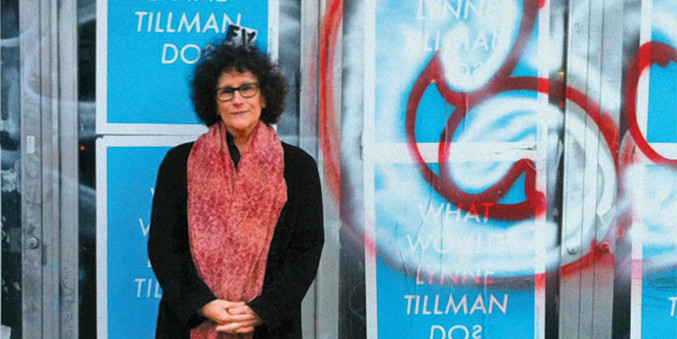Behind the Green Baize Door
The wish to be taken care of or looked after past the childhood years, to have our basic needs administered to without great exertion on our part, is not one, or so it seems to me, that is much addressed outside of the therapist’s office—or, perchance, the rehab culture, where such primal longings get articulated by way of a dependence on drugs and alcohol. For the rest of us, who secretly yearn to have someone to help us lace up our shoes in the morning, like Julian English does in John O’Hara’s Appointment in Samarra—or, more generally, to have our meals prepared for us and then affably








